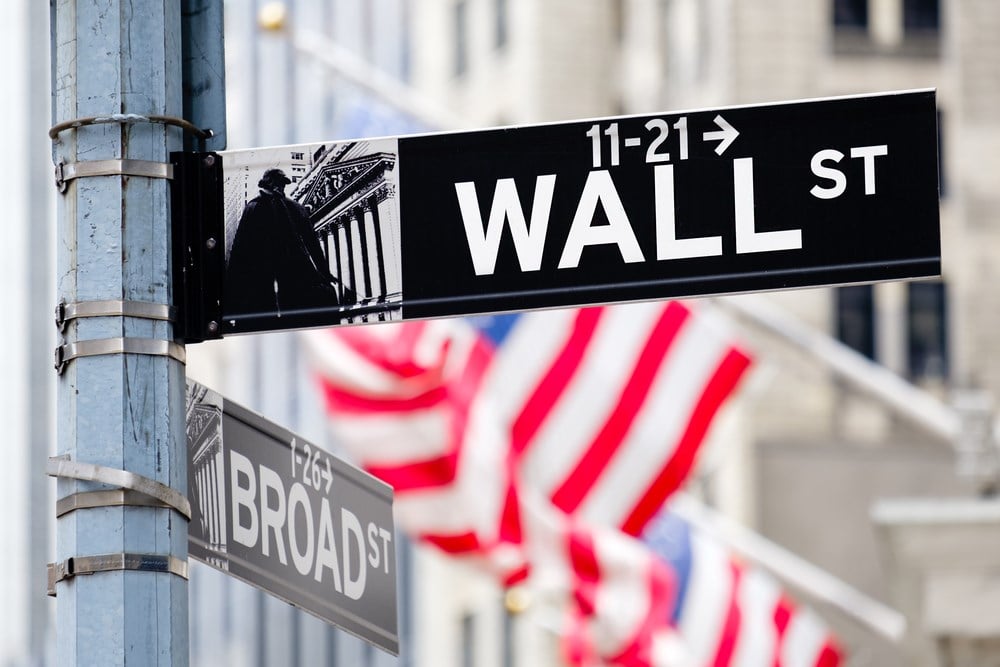
The 2023 version of the U.S. stock market must have recently picked up Johnson & Johnson product Listerine — because it has good…wait for it…‘breadth.’
In investment terminology, market breadth refers to how many stocks are going up compared to how many are going down. When more stocks are up than down, prevailing market sentiment is said to be bullish — and vice versa.
Technical analysts often use the advance-decline line as an indication of market breadth. It measures how many stocks are participating in a market rise or fall. A large number of stocks moving in the same direction adds to the strength of a bull or bear market.
Conversely, when few stocks participate, the move is less convincing — and can mean market performance is being dictated by a handful of big companies. An advance-decline line is typically indexed to a certain point in time and its value can therefore be tough to interpret.
A simpler way to gauge market sentiment is to note the number of stocks that are ‘green’/up (or ‘red’/down) during a given time period. Taking a very broad view, we can look at the S&P 500 year-to-date. Heading into the home stretch, the index is up approximately 15% (excluding dividends). Roughly half of its members are up and half are down. Not great breadth, but not bad breadth either.
The bigger issue is that only 135 S&P 500 stocks are outperforming their benchmark. This tells us that the return on the capitalization weighted index is being driven by NVIDIA (+213% year-to-date), Meta Platforms (+162%), Tesla (+78%) and other mega caps. Glass half full, it also tells us that there are 365 underperformers poised to reverse higher and assume market leadership.
This presents investors with an interesting challenge heading into 2024. Bank on the momentum in this year’s winners? Or go with losers that potentially have more to gain?
There are certainly merits to both approaches, but for the purpose of this article, let’s focus on the losers. Some 80 companies have seen their market values slashed by 20% or more in this year’s up market — 13 of which are down at least 40%.
In most cases, Wall Street is taking a cautious, if not bearish, stance even with valuations on these outliers depressed. In certain cases, though, analysts are pointing at undervalued, oversold opportunities — including these three S&P 500 laggards.
PODD: -45% year-to-date
On November 2nd, Insulet Corporation (NASDAQ:PODD) reported surprisingly strong third-quarter earnings that could mark a pivot point. The company behind the Omnipod insulin management system not only swung from a net loss to a $0.74 per share profit but also smashed Wall Street expectations by 85%.
The performance calmed market fears that the emergence of Ozempic and other blockbuster diabetes drugs would lower demand from diabetes patients. In reality, Insulet’s Omnipod sales grew 29% led by 35% U.S. growth. With management raising its full-year Omnipod revenue guidance, analysts are far from counting out the stock. Since the Q3 release, nine have called it a buy compared to two holds and no sells.
EL: -54% year-to-date
Prestige beauty company The Estée Lauder Companies Inc. (NYSE: EL) has been anything but beautiful in 2023. A sluggish recovery in the all-important Greater China market on top of stagnant U.S. sales has dragged the shares down to their lowest level since 2017.
On Monday, Wells Fargo called the stock a buy, becoming the eighth research firm to do so this month. Plenty of others have said it's a hold — but their price targets imply little if any, downside from Tuesday’s close. This suggests that the risk-reward tradeoff has become skewed to the bullish side, with the stock down nearly 70% from its January 2022 peak. China's weakness may be all but priced in at this point, setting the stage for Estée Lauder to mount a pretty comeback in 2024.
FMC: -57% year-to-date
FMC Corporation (NYSE: FMC) is the S&P 500’s fourth worst performer this year, but Wall Street is starting to think enough is enough. Since the agricultural sciences company provided third-quarter results on October 30th, a trio of firms have called it a buy. Although earnings fell short of expectations for the second straight quarter due to inventory destocking, management noted that on-the-ground use of its crop protection products is “steady.”
With recently launched products doing better than the overall portfolio, this suggests that FMC’s underlying business is healthy. As distribution partners work through inventory gluts, growers will need more products to protect their harvests. This should lead to stronger order volumes and financial results for FMC. In the meantime, investors can cultivate a 4.3% dividend yield.













